The sweltering temperatures are in line with long-standing warnings from climate scientists . In India, officials said this past August was the hottest and driest month since national records were set more than a century ago.

People use umbrellas to shield themselves from the heat while walking outside Shinjuku Station in Tokyo on July 30, 2023. Photo: AFP
August falls in the middle of India's annual monsoon season, which typically brings 80% of the country's annual rainfall. But despite the heavy rains that caused deadly flooding in the north earlier in the month, overall rainfall has been significantly lower than average.
The Indian Meteorological Department (IMD) reported that the average rainfall in August was only 161.7 mm, 30.1 mm less than the previous record set in August 2005. This has resulted in persistent heatwaves across the country. The IMD stated: “The lack of heavy rainfall and weak monsoon conditions are the main causes.”
Japanese authorities also said on Friday that the country had experienced its hottest summer since records began in 1898.
The Japan Meteorological Agency said temperatures from June to August were "significantly higher" than average across the country. In many places, "not only the maximum temperature but also the minimum temperature" reached record highs.
In Australia, this winter has seen record-breaking warmth, with average temperatures reaching 16.75 degrees Celsius during the June-August season. The country's Bureau of Meteorology stated that this is higher than the previous record set in 1996 and represents the highest average winter temperature since the country began recording records in 1910.
Climate change has caused global temperatures to rise this year, with July being the hottest month ever recorded on Earth. Scientists have long warned that climate change is creating hotter, longer-lasting, and more frequent heatwaves.
And the warming El Niño weather pattern can exacerbate the heat, its effects potentially becoming more apparent later in the year as it intensifies. Heatwaves are one of the most dangerous natural hazards, with hundreds of thousands of people dying from heat-related causes each year.
In developed countries, adaptation measures including air conditioning can help mitigate the impact. But even in a wealthy country like Japan, authorities said at least 53 people died from heatstroke in July, with nearly 50,000 requiring emergency medical care.
The impact of uneven heat distribution means that young children and the elderly are less able to regulate their body temperature and are therefore more vulnerable. Those who work outdoors are also particularly at risk. Even a young, healthy person will die after 6 hours of exposure to 35 degrees Celsius with 100% humidity.
John Nairn, a senior adviser on extreme temperatures at the United Nations World Meteorological Organization (WMO), said last month that heatwaves are "becoming much more dangerous."
He told AFP in an interview: "That is the most rapidly emerging consequence of global warming that we are witnessing. It will become more intense and more frequent."
Mai Anh (according to AFP, CNA)
Source
















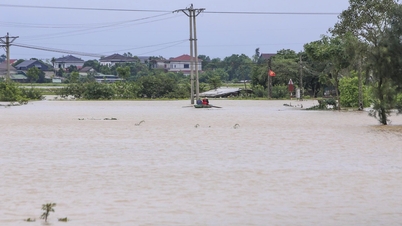

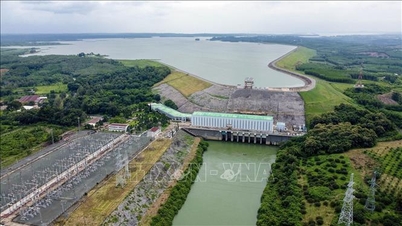







































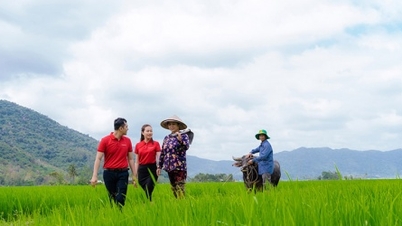
















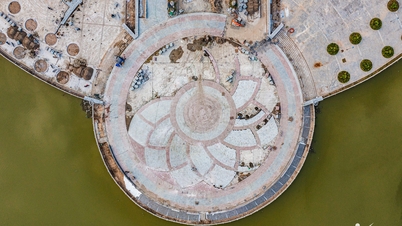

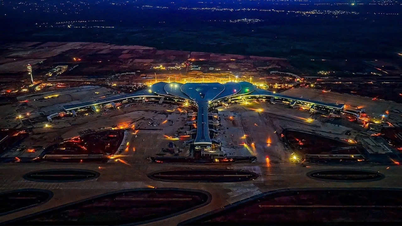











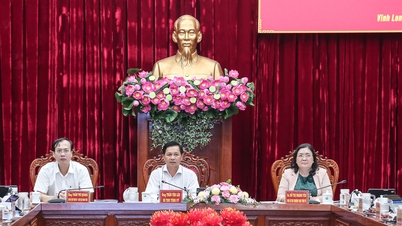




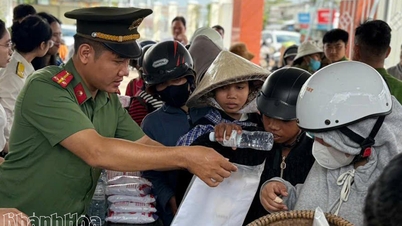

















Comment (0)